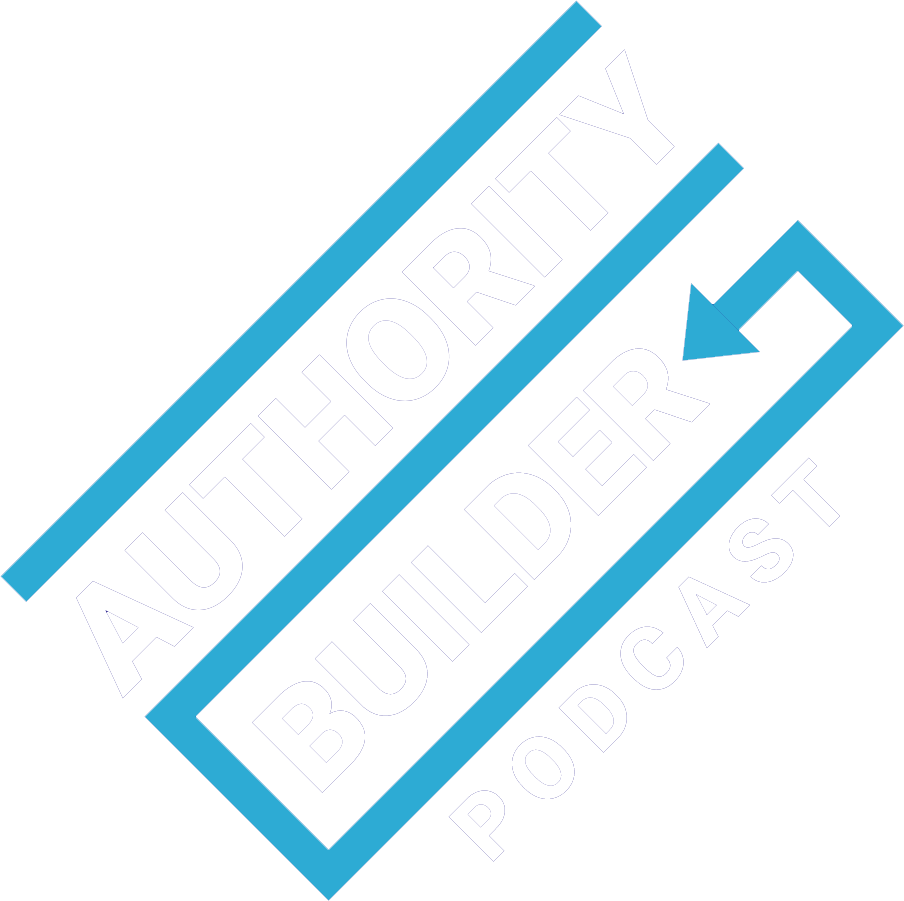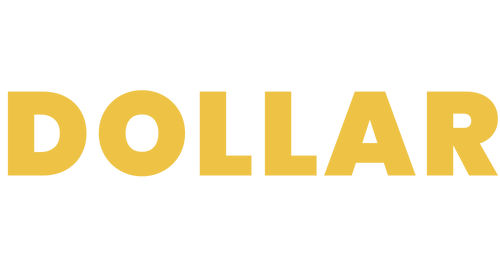The popular image of an entrepreneur is going solo… being independent. But my guest this week, copywriter and joint venture expert Bob Serling, advocates a different approach that allows you to leverage the expertise and contacts of others. You can use his strategies if you’re selling a product or seeking clients for your professional services… even trying to find work in a new career path.
Your business will move forward exponentially, says Bob, when you leave behind a winner-take-all attitude and instead help others be successful first.
That’s just one of the counterintuitive concepts Bob shares. And they’re proven to work – it’s how he created a best-selling toy with the world’s top skateboarder, despite starting with zero experience in the industry.
Tune in to discover…
- The secret ingredient to a successful business most entrepreneurs don’t understand
- Where to find the game-changers for your business – they’re closer than you think
- Why you should avoid traditional networking… and what to do instead
- The one thing you must do before creating a product or trying to sell it
- How to quickly make yourself credible to those who can help you the most


